Enhanced Performance Metrics
The Silicon Anode Lithium Ion Battery Market benefits from enhanced performance metrics that distinguish silicon anodes from traditional materials. These batteries exhibit superior charge and discharge rates, which are critical for applications requiring rapid energy delivery. The ability to maintain performance over extended cycles is another advantage, making silicon anodes particularly appealing for high-demand applications. As industries seek to improve efficiency and reduce downtime, the performance characteristics of silicon anode batteries are likely to attract attention. This focus on performance is expected to drive investments and interest in the silicon anode market, as stakeholders recognize the potential for these batteries to meet evolving energy demands.
Growing Electric Vehicle Market
The Silicon Anode Lithium Ion Battery Market is significantly influenced by the burgeoning electric vehicle (EV) market. As governments and consumers increasingly prioritize sustainable transportation, the demand for high-performance batteries is escalating. Silicon anode batteries, known for their high energy capacity, are becoming a preferred choice for EV manufacturers seeking to enhance vehicle range and efficiency. Recent statistics indicate that the EV market is expected to witness exponential growth, with projections suggesting millions of units sold annually. This trend is likely to propel the silicon anode battery market, as automakers look for innovative solutions to meet consumer expectations and regulatory requirements for cleaner transportation.
Technological Innovations in Battery Chemistry
The Silicon Anode Lithium Ion Battery Market is experiencing a surge in technological innovations that enhance battery performance. Recent advancements in silicon anode technology have led to batteries that offer higher energy density and improved cycle life compared to traditional graphite anodes. For instance, silicon anodes can theoretically provide up to ten times the capacity of graphite, which is a compelling factor for manufacturers. As a result, companies are increasingly investing in research and development to optimize silicon-based batteries for various applications, including consumer electronics and electric vehicles. This trend is likely to drive the market forward, as enhanced battery performance aligns with the growing consumer demand for longer-lasting and more efficient energy storage solutions.
Increasing Adoption in Renewable Energy Storage
The Silicon Anode Lithium Ion Battery Market is poised for growth due to the increasing adoption of renewable energy sources. As the world shifts towards sustainable energy solutions, the need for efficient energy storage systems becomes paramount. Silicon anode batteries, with their superior energy density, are well-suited for storing energy generated from solar and wind sources. According to recent data, the energy storage market is projected to reach substantial figures, with silicon anodes playing a crucial role in this transition. The ability of these batteries to store excess energy and release it when needed makes them an attractive option for both residential and commercial applications, thereby driving demand in the silicon anode battery sector.
Regulatory Support for Advanced Battery Technologies
The Silicon Anode Lithium Ion Battery Market is likely to benefit from increasing regulatory support aimed at promoting advanced battery technologies. Governments worldwide are implementing policies and incentives to encourage the development and adoption of innovative energy storage solutions. This regulatory environment fosters investment in silicon anode technology, as stakeholders seek to align with sustainability goals and energy efficiency standards. Recent initiatives have highlighted the importance of transitioning to cleaner energy sources, which positions silicon anode batteries as a viable option. As regulations evolve, the market for silicon anode batteries is expected to expand, driven by both compliance requirements and the pursuit of technological advancement.


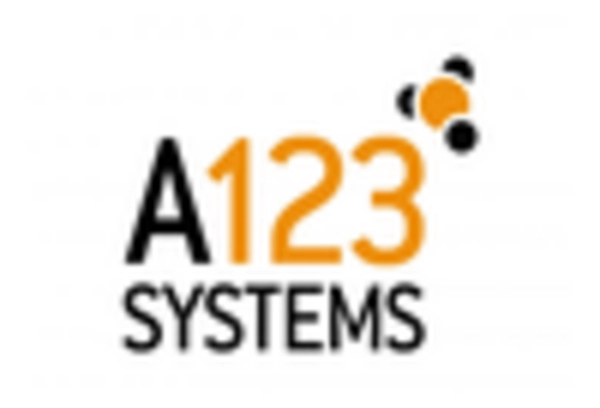
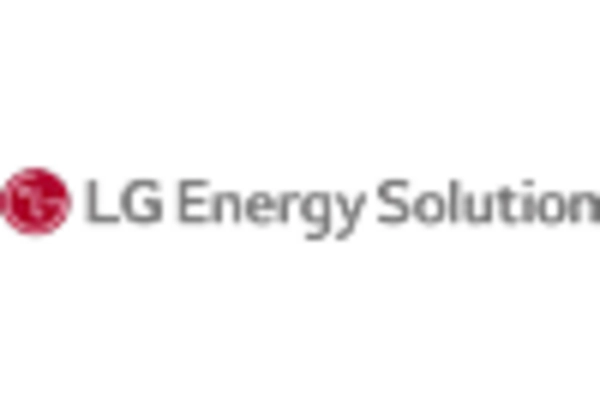
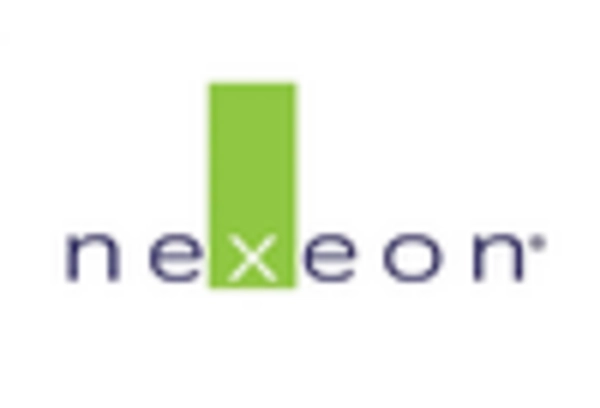
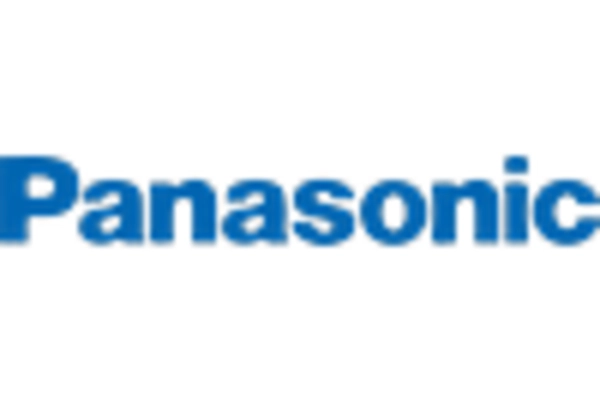
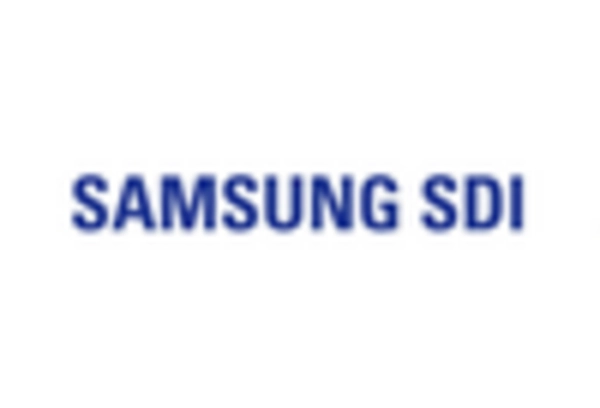
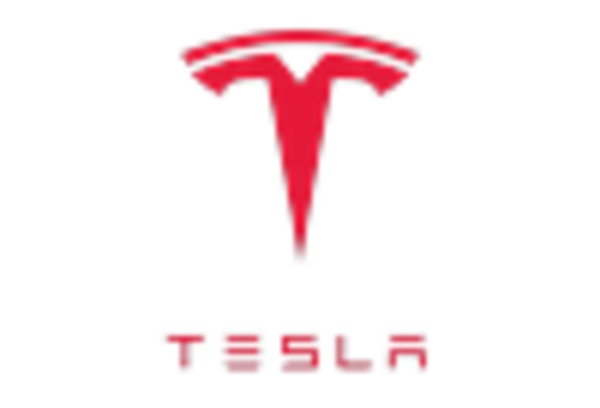








Leave a Comment